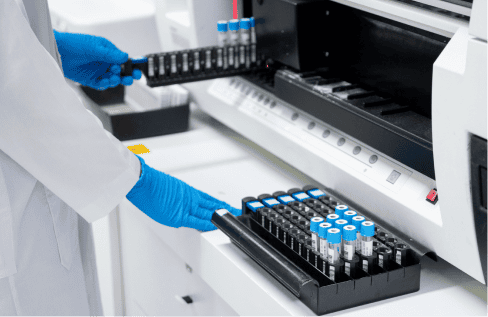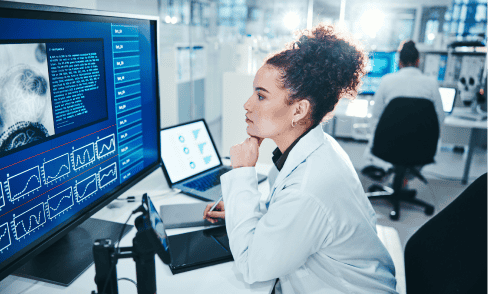
感染症と従来検査の課題
The Dilemma of Infectious Diseases & Limitations of Conventional Microbiology Testings
世界保健機関(WHO)の統計によると、感染症は全世界の死因の25%以上を占めており、特に敗血症、髄膜炎、肺炎、免疫不全などの患者群においては、さらに高い死亡率が報告されています。
しかしながら、これらの重症患者に対して従来の病原体検査手法では、検出率はわずか30〜50%程度にとどまり、かつ各検査法には固有の限界が存在します。
その結果、臨床医は迅速に原因病原体を特定することができず、これまでの経験や勘に頼った経験的抗菌薬治療に依存せざるを得ず、感染症重症患者が最適な診断と治療を最短時間で受けることが困難となっています。
こうした現行検査の限界を打破するために、アジア準譯(APG)は科学的な解決策として
「百微解 APGseq − 感染症病原体遺伝子シーケンシング検査」をご提供いたします!
According to statistics from the World Health Organization (WHO), infectious diseases account for over 25% of global deaths, especially in populations vulnerable to conditions like sepsis, meningitis, pneumonia, and immunocompromised states, with even higher mortality rates. However, using existing conventional pathogen detection methods, the detection rate in these populations is only 30-50%, and each method has its limitations. This leads to clinical practitioners being unable to confirm the pathogen early, relying only on past experiences or empiric antibiotic treatment, which delays optimal diagnosis and treatment for critically ill patients. Recognizing the current testing dilemma, APG offers a scientific solution: "APGseq - Clinical Metagenomic Sequencing Service"!


